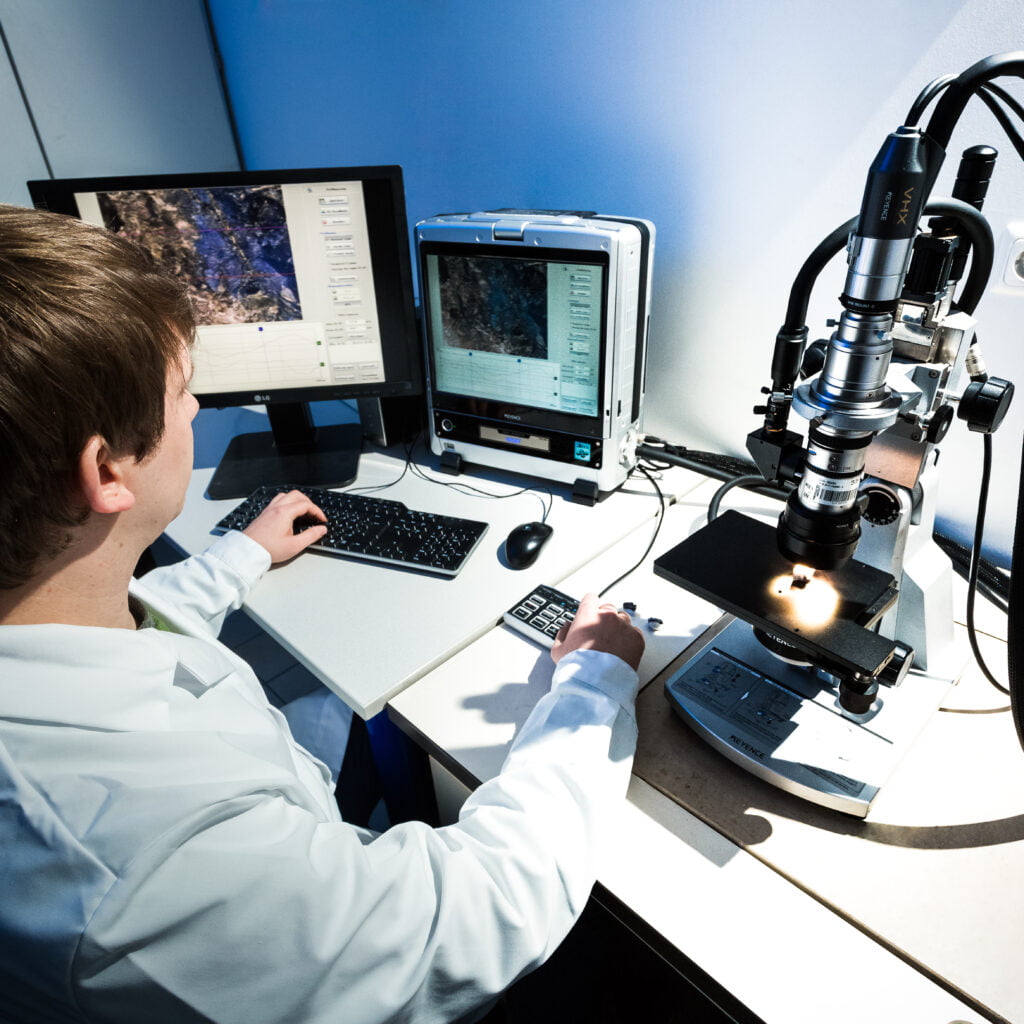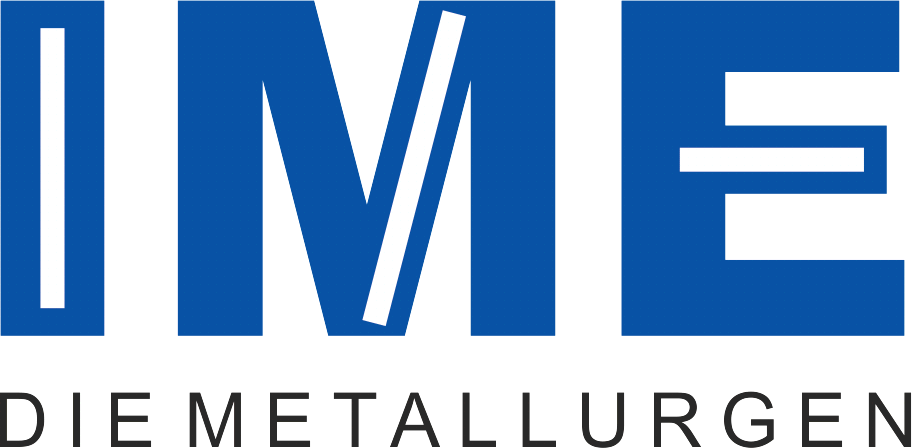Research » Pure Metals
Title
Type
Sponsorship
Duration
Partner
Research Area
Description
The project aims to research an alternative method for the synthesis of ultrapure metals. The core element is fractional crystallization, implemented with an internally cooled rotating crystallizer (in short “Cooled-Finger”), on which the ultrapure metal grows from an impure melt. This method has the potential to replace the current zone melting process. However, the understanding for an effective application of this process, especially the process controlling parameters as well as a description of the mechanisms effective in the process, is currently not available. As a result, the process window for efficient cleaning and the associated parameters for controlling the solidification front dynamics will be developed. The collaboration of three working groups (IME, IOB, and ACCESS) with different research focuses will provide a quantitative understanding of the potential of this hitherto unexplored crystallization process. The physically based simulation models, developed by IOB and ACCESS, will allow a simplified transfer to other alloying systems.
Title
Type
Sponsorship
Duration
Partner
Research Area
Description
Within the scope of the intended project, the fundamentals for the energy- and resource-saving recycling of Tellurium-containing thermoelectric materials are to be laid. In the sub-project, managed and conducted at IME/RWTH, the produced Tellurium compounds by the consortiums partners will be reduced via a carbon-free and environmental friendly reduction methodology up to achieving an almost pure metallic Tellurium. This will be then further refined through fractional crystallization-based techniques to a high and ultra-high pure Tellurium.
Title
Type
Sponsorship
Duration
Partner
Research Area
Description
The cooled finger, a fractional crystallization methodology alternative to vacuum distillation, is employed for the purification of magnesium. This same technique is investigated for the production of a biodegradable material employing zinc and calcium as alloying elements. The challenges of producing ultra-high purity magnesium as well as creating a Mg-Ca-Zn alloy through fractional crystallization, are researched in this project. In cooperation with KKS, the developments are assessed in terms of their microstructure, chemical composition and corrosion behavior.
Title
Type
Sponsorship
Duration
Research Area
Description
Zone melting can be applied to any crystalline substance that can be safety melted and that exhibits a difference in impurity concentration between liquid and freezing solid. This project aims to develop and validate the purification of intermetallic compounds via zone melting. The research investigates the technological feasibility, impurity migration mechanism, crystal morphology and growth behaviour, to provide theoretical basis and technical guidance for the wide application of intermetallic compounds and the recovery of secondary intermetallic compound resources. This study focuses on the optimization of experimental parameters, the change mechanism of impurities in intermetallic compounds, and the correlation of crystal behaviour with purification of intermetallic compounds. The application of this method to other intermetallic compound systems is also envisaged.

Title
Type
Sponsorship
Duration
Partner
Research Area
Description
Multicrystalline silicon (Si) blocks are the starting material for energy-efficient solar cells. Today, they are produced in furnaces with carbon fiber insulation and graphite heating elements; inert gas and vacuum prevent oxidation. The aim of the project is a more cost-effective system than graphite furnaces for the production of flawless Si blocks (ingots) based on a scientifically substantiated process with molybdenum disilicide (MoSi2) heating elements and insulation made of polycrystalline alumina wool as components. The M.E. Schupp GmbH & Co. KG intends to develop MoSi2 heating elements and an insulation that will enable the production of high-purity melts up to 1800 °C for the first time. Thermo-Star GmbH hopes to develop a high-temperature furnace with particularly sensitive temperature gradients above the crucible height as a prerequisite for the directional solidification of crystals in ingots. The IME of RWTH Aachen University will verify the furnace concept and thus scientifically investigate the melting and directional solidification process. Reduced manufacturing costs for photovoltaic cells are expected.
Title
Type
Sponsorship
Duration
Partner
Research Area
Description
The project aims to develop and validate an innovative process for the cost-effective and environmentally friendly production of ultra-pure metals. By means of fractional crystallization, implemented by combining a novel rotating cold finger, optimized multi-zone cleaning and final crystal growth, a robust production technology for electronic metals is to be provided. This joint project researches the technological feasibility of a melt cleaning, the production capability of the plant technology as well as the cost effectiveness and thus creates the basis for an industrial implementation. Research focuses in the area of the cold finger are exemplary in the design, the choice of materials and the efficient arrangement of the core components as well as the determination of the process window for germanium.
Title
Type
Duration
Research Area
Description
Ultra-pure magnesium is a promising material for technical applications, especially for advanced biodegradable implants. The aim of this project is the production of ultra-purity Magnesium. To achieve this goal, a refining process based on the principle of fractional crystallization and implemented in an innovative method, utilized in a static crystallization equipment is to be investigated. This process is then to be compared with the conventional evaporation of magnesium, but through an innovative multi-stage distillation/condensation process. Design and construction of this vacuum distillation reactor as well as realization of the optimum process parameters in both crystallization and distillation/condensation processes up to achievement of (6-7N)-Mg are the main focuses of this project.
Title
Type
Sponsorship
Duration
Research Area
Description
The aim of this project is to improve the efficiency of the impurity removal as well as the yield in the production of ultra-pure (6-7N)- Al and -Sb by using an industrial zone melting equipment. Zone melting is a widespread refining process to produce high purity metals, operating with the same mechanism as fractional crystallization. This project focuses on parameter optimization, including zone length, zone movement velocity, number of passes, and final purity. Scientific factors such as interaction between impurities and crystal quality are also to be investigated for the zone refining of both Al and Sb.


